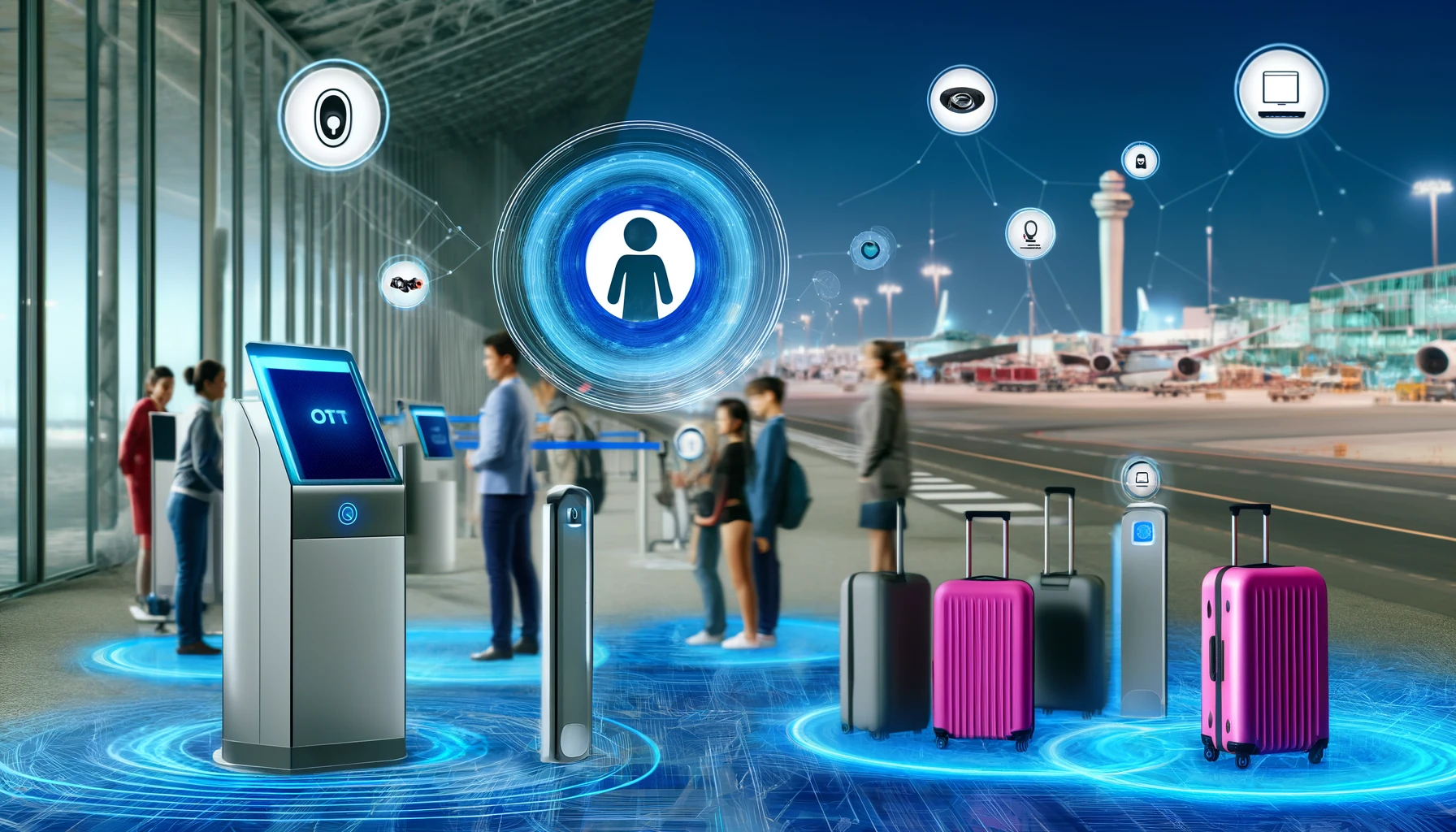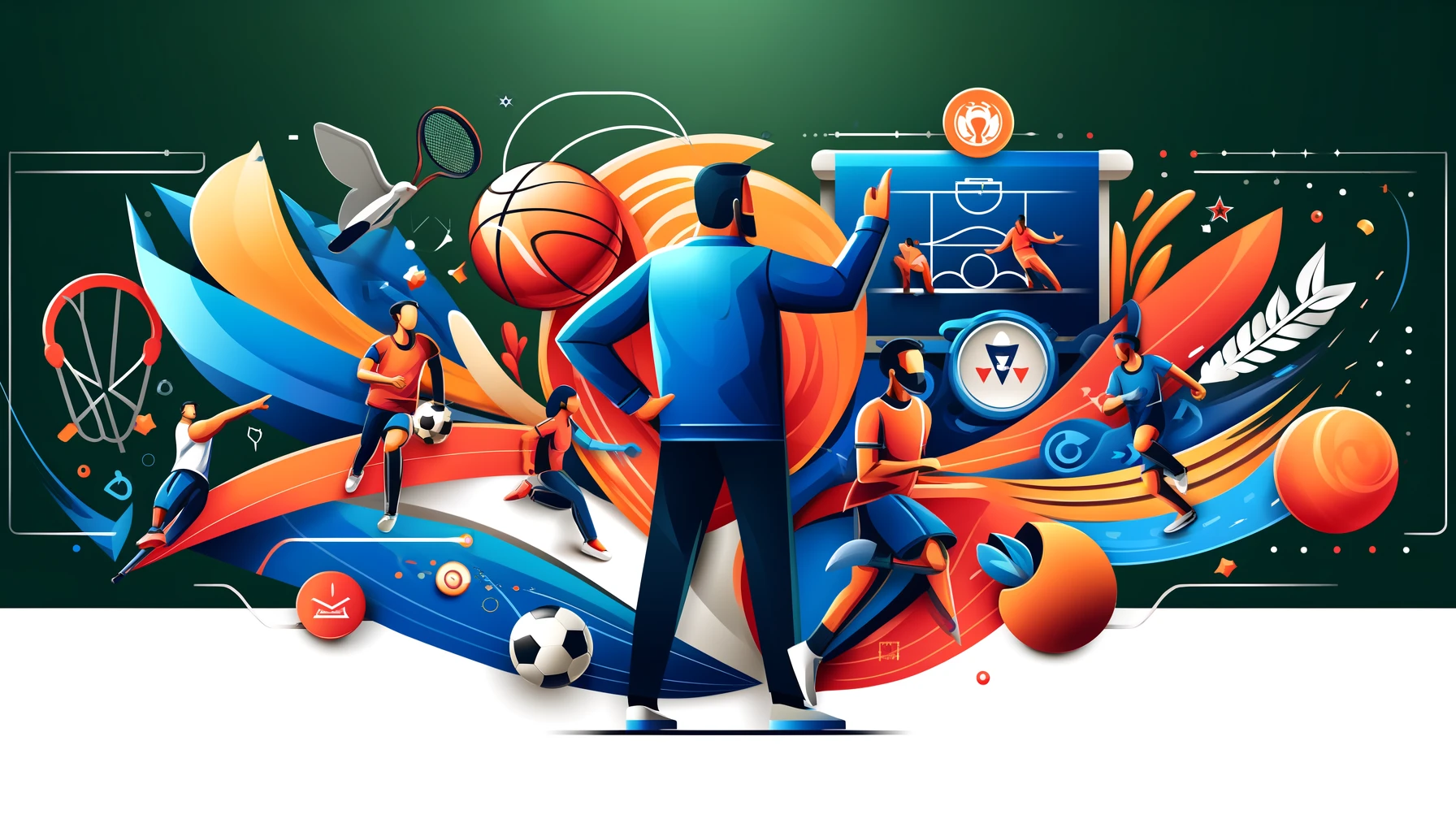Creating entertainment districts around sports venues has become a popular strategy to enhance fan experiences and generate additional revenue streams. These districts offer a blend of dining, shopping, and entertainment options, turning a sports outing into a full-day experience. Here's how entertainment districts are revolutionizing fan engagement.
Economic Benefits and Community Development
Entertainment districts are more than just commercial hubs; they are catalysts for economic development and community revitalization.
For example, The Battery Atlanta developed around Truist Park, the home of the Atlanta Braves, which has become a thriving mixed-use development featuring restaurants, shops, and entertainment venues. This district has significantly boosted local businesses and created jobs, contributing to the area's economic growth.
Similar success stories can be found in the Entertainment and Sports Arena in Washington, D.C., and the Deer District around Milwaukee’s Fiserv Forum, which have revitalized their surrounding neighbourhoods and provided substantial economic benefits.
Enhanced Fan Engagement and Experience
Entertainment districts offer fans more than just a game; they provide a complete experience. By incorporating a variety of attractions, these districts keep fans engaged before and after the game. The Los Angeles Lakers' L.A. Live district is a prime example, featuring a range of dining options, a concert venue, and a cinema.
Such amenities encourage fans to arrive early and stay longer, enhancing their overall experience. Additionally, the integration of digital technologies in these districts, such as mobile apps for navigation and pre-ordering food, further enhances convenience and fan satisfaction.
Sustainable Urban Development
Entertainment districts also contribute to sustainable urban development by promoting the use of public transportation and reducing the need for extensive parking facilities.
For instance, the MetLife Stadium in East Rutherford, New Jersey, is part of the larger Meadowlands Sports Complex, which encourages the use of public transit through integrated transportation options and shuttle services. This approach not only reduces traffic congestion and environmental impact but also promotes a more sustainable urban lifestyle.
Real-World Examples and Success Stories
The Battery Atlanta: Developed around Truist Park, this district has become a vibrant hub of activity, offering a mix of dining, shopping, and entertainment options that attract visitors year-round.
Deer District, Milwaukee: Surrounding the Fiserv Forum, this district has revitalized the area with new businesses and increased foot traffic, creating a lively community space.
L.A. Live, Los Angeles: Located near the Staples Center, this district offers a range of entertainment options, enhancing the fan experience and providing additional revenue streams for local businesses.
MetLife Stadium, East Rutherford: Part of the Meadowlands Sports Complex, this area promotes sustainable urban development with integrated public transportation options.
Entertainment districts are transforming the way fans experience sports events. By offering a wide range of attractions and amenities, these districts not only enhance fan engagement but also drive economic growth and contribute to sustainable urban development. As more sports venues adopt this model, the future of fan experiences looks brighter than ever.
The Tournkey Event Ecosystem is a powerful series of tools designed to elevate your event’s profile while improving your event’s productivity and participant experience.


